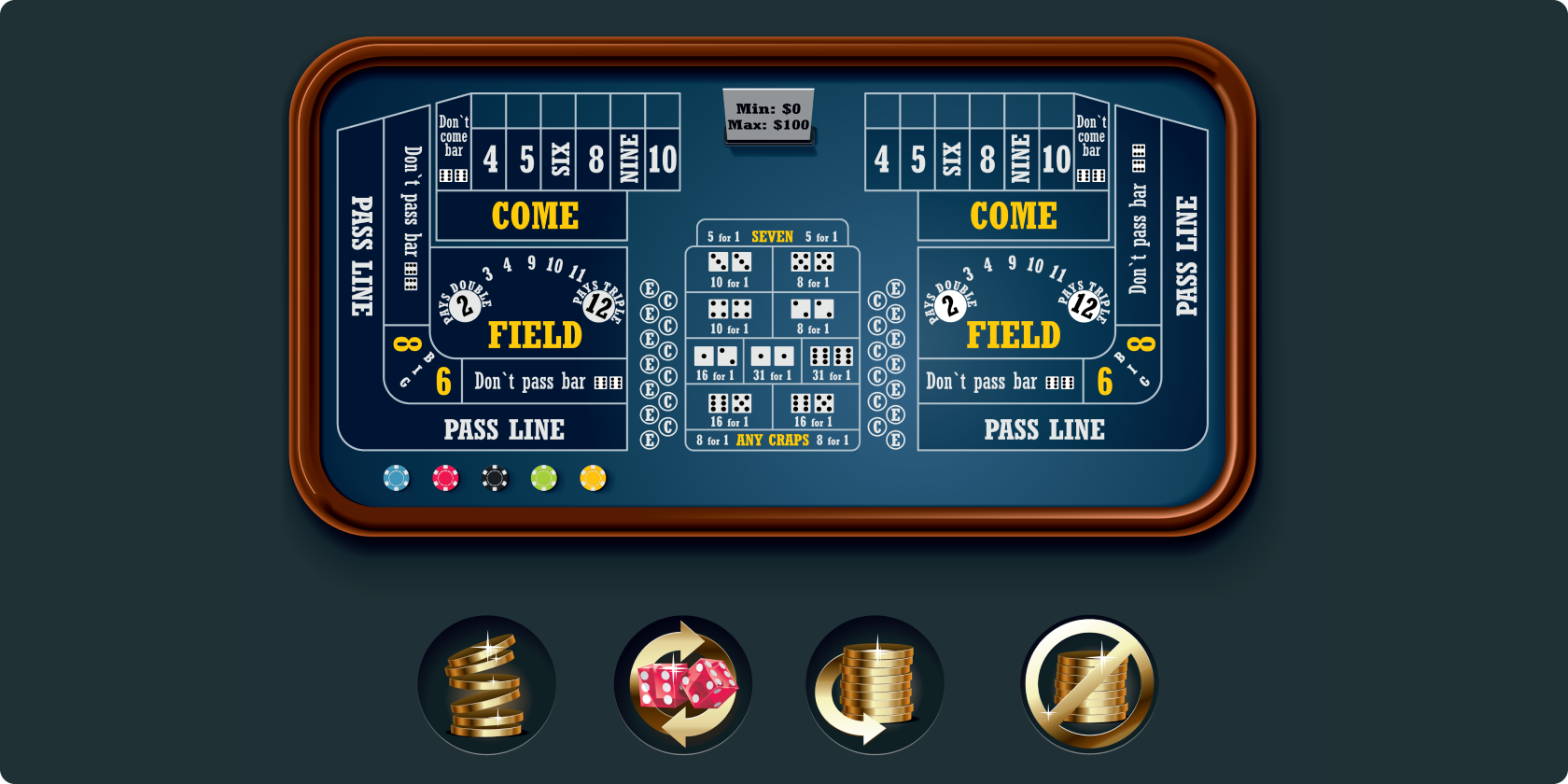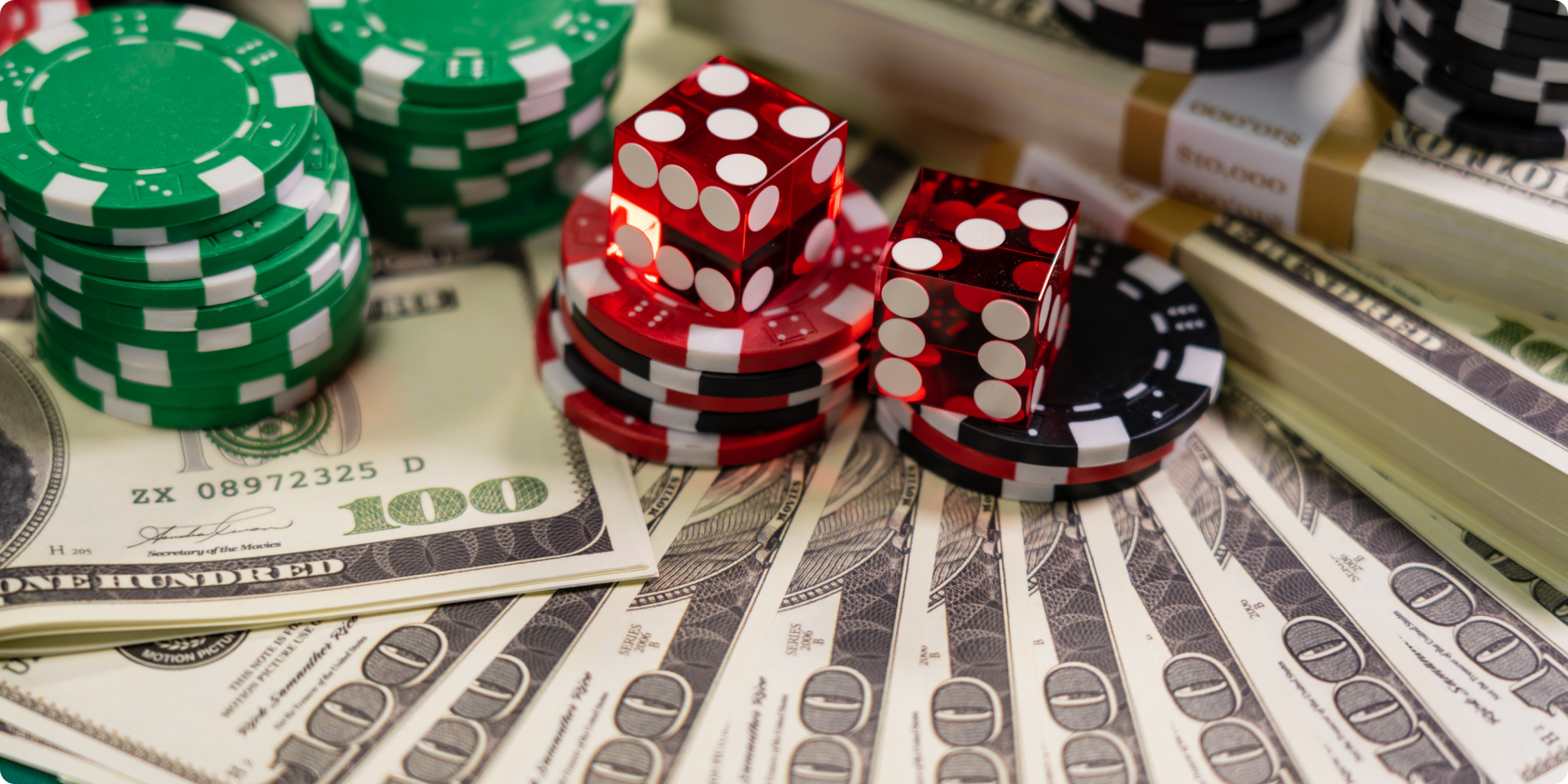Table of contents
Table of contents
Other Topics You May Like
The History of Dice: A Cultural Journey
The History of Dice: A Journey Through Time and Culture

Dice have stood the test of time as one of the oldest instruments in human gaming history, a journey that spans from the mystical realms of ancient civilizations to the eclectic gaming culture of today. They are more than mere tools for entertainment; they are emblems of humanity’s enduring quest for amusement, insight, and the thrill of chance.
Origins and Early Functions
The origins of dice trace back to the very cradle of civilization, where they served as more than mere tools for amusement. In these nascent stages of human history, dice held a profound significance that was deeply entwined with cultural, religious, and mystical practices.
In ancient societies, dice were not just used for games; they were essential in rituals and fortune-telling, acting as intermediaries between the mortal world and the divine. Crafted from readily available materials like animal bones, particularly knucklebones, and later from wood and stone, these early dice were often irregular in shape, varying significantly from the uniform cubes we recognize today.

The form and function of dice evolved with the civilizations that used them. In regions such as Mesopotamia and ancient Egypt, dice became tools for divination, helping to predict the future or seek guidance from the gods. This ritualistic use highlights their significance beyond mere entertainment, reflecting the deep human desire to understand and influence the unknown.
As dice spread across different cultures, they began to take on more standardized forms, particularly the cubical shape familiar to us. This evolution was not just a testament to advancing craftsmanship but also to the growing popularity of dice in leisure and gaming. From the Greeks to the Romans, dice became a common feature in daily life, though their association with luck and chance often put them at odds with religious and moral authorities.
The history of dice in these early periods is a mosaic of innovation, culture, and belief systems. It tells a story of how a simple object can gain diverse meanings and uses, adapting to the needs and values of various civilizations. As we move forward in time, the humble dice continue to roll, marking their indelible impact on human history.
Timeline
The historical timeline of dice is a fascinating chronicle that spans millennia, illustrating how these simple objects have rolled through various epochs, adapting and evolving with human civilization. Here, we trace the key milestones in the journey of dice, marking each significant era with its unique contribution to the story of dice.

- ~ 5000 BCE (Sumeria). The earliest known dice are discovered in archaeological sites in Sumeria, marking the inception of dice in human history.
- ~ 3000 BCE (Ancient Egypt). Dice-like objects found in Egyptian tombs, indicating their use in games and possibly divination practices.
- 2nd Millennium BCE (Indus Valley Civilization). Dice used in the ancient Indus Valley Civilization, showcasing their spread across different cultures.
- 1st Millennium BCE (Ancient India). Dice gain popularity in India, evidenced by their mention in ancient Indian epics and their use in local games.
- Roman Era. Dice become widespread across the Roman Empire, both celebrated and condemned for their role in gambling and leisure.
- Middle Ages. The popularity of dice games grows in Europe, despite opposition and occasional bans from religious and governmental authorities.
- 15th-16th Century. With the Renaissance, dice games experience a revival in Europe, reflecting changing attitudes towards leisure and probability.
- 19th Century. Industrialization leads to the mass production and standardization of dice, making them a common feature in households and gaming establishments.
- 20th Century. The advent of board games and casinos sees a surge in the popularity of dice, solidifying their role in modern gaming culture.
As we roll through these dates, each era contributes a unique chapter to the story of dice, reflecting not just advancements in craftsmanship and technology, but also shifts in cultural attitudes and practices. From ancient tools of divination to modern gaming staples, dice have continually adapted, echoing the changing tides of history and human society.
Manufacture
The journey of dice manufacture is a microcosm of human ingenuity and technological progress. From humble beginnings as handcrafted objects to the precise mass-produced items of today, the evolution of dice manufacture mirrors the broader story of human innovation and technological advancement. This journey is marked by significant shifts in materials, techniques, and cultural attitudes towards gaming and chance.
Advancements in Ancient Civilizations
As civilizations like the Egyptians advanced, so did dice manufacturing techniques. Crafted from materials including stone, ivory, and wood, these dice were more uniform in shape, paving the way for standardized gaming rules and more consistent gameplay. This period also saw the introduction of artistic elements in dice making, with intricate carvings and decorations becoming common.
Roman Contributions to Dice Making
The Roman era marked a significant shift in dice manufacturing. Romans used a variety of materials, including metals, to create small, finely marked dice. This period saw the emergence of the cubical dice, setting the foundation for modern dice design. Roman dice were often luxuriously crafted, reflecting the empire’s wealth and aesthetic sensibilities.
Industrial Revolution and Mass Production
The 19th-century Industrial Revolution revolutionized dice manufacturing. Mass production technologies enabled the creation of uniform, standardized dice, with materials like celluloid and later plastics becoming commonplace. This era democratized dice, making them widely accessible and integral to emerging gaming cultures.

Modern Manufacturing Techniques
In the 20th century and beyond, dice manufacturing continued to evolve with precision machining and advanced plastics. This era ushered in a new level of standardization, with modern dice being used in a wide range of applications, from traditional games to educational tools. Today, the production of dice embraces both traditional craftsmanship and cutting-edge technology, catering to a diverse array of users and purposes.
As we reflect on these stages of evolution, Navjot Singh Sidhu, a renowned former Indian television personality known for his insightful and often witty remarks, once said:
“One who doesn't throw the dice can never expect to score a six.”
This proverbial wisdom encapsulates the spirit of innovation and risk-taking that has driven the evolution of dice. Through these developments, the production of dice not only chronicles a fascinating aspect of material culture but also encapsulates the intersection of art, technology, and gaming throughout history.
Modern Era and Gaming Culture
The evolution of dice in the modern era reflects their enduring appeal and adaptability in the ever-changing landscape of gaming and culture. This period is marked by significant developments:
- The Rise of Board Games (20th Century). Board games like Monopoly and Risk catapulted dice to new heights of popularity. These games, integral to the gaming culture, used dice to inject elements of chance and excitement, making each game a unique experience.
- Casino Gaming and Dice (Gambling). Casinos have embraced dice in games such as Craps and Sic Bo, solidifying their role as iconic elements of gambling and chance. The precision and fairness of casino dice are paramount, reflecting the importance of reliability and trust in gaming.
- Role-Playing Games and Dice (RPGs). Dungeons & Dragons and similar RPGs revolutionized dice usage by integrating them into storytelling and strategic gameplay. Here, dice are not just tools but crucial elements that shape narratives and player decisions.
- Technological Advancements (Digital Dice). The digital era introduced virtual dice in online gaming platforms, maintaining the essence of dice in a digital format. Electronic, programmable dice represent the fusion of traditional gaming elements with modern technology, appealing to a tech-savvy audience.

As dice games continue to thrive in various forms, from physical tables in bustling casinos to digital platforms, they have given rise to some of the most legendary figures in gambling history. These individuals have not only mastered the art of the roll but have also made fortunes, set records, and written unforgettable stories in the annals of dice gaming.
Amazing Stories: Big Dice Wins
Dice games like craps have seen some of the most thrilling and unexpected outcomes. Several individuals have etched their names into the annals of gambling history with their remarkable achievements at the craps tables. Let’s take a moment to recognize some of the legendary figures and their extraordinary tales of risk, strategy, and fortune.
- Patricia Demauro. Holding the record for the longest craps roll in history, Patricia Demauro, a New Jersey grandmother, rolled the dice 154 times over 4 hours and 18 minutes at the Borgata Hotel Casino in Atlantic City without hitting a seven. The odds of this happening are 1 in 1.56 trillion, and while the exact amount won was never disclosed, it was a substantial sum.
- Stanley Fujitake. Known as “The Golden Arm,” Fujitake rolled the dice for 3 hours and 6 minutes at the California Hotel and Casino in Las Vegas, rolling 118 times without hitting a seven. His streak resulted in a win of more than $1 million.
- William Lee Bergstrom. Known as the “Phantom Gambler,” Bergstrom made one of the largest single bets in craps history. In 1980, he placed a bet of $777,000 on a single roll of the dice at Binion’s Horseshoe Casino in Las Vegas and won, doubling his money instantly.
As the dice roll and fortunes are won and lost, the ambiance of such moments is often captured in music, adding another layer to the gaming experience. This brings us to an interesting aspect of the dice culture: the tunes that have complemented many such thrilling gaming sessions.

The Impact of Dice: Enduring Legacy
In wrapping up our journey through the history of dice, we are reminded of their enduring impact across cultures and eras. These humble cubes have transitioned from ancient divination tools to icons of modern gaming, embodying the interplay of chance and strategy that lies at the heart of human entertainment. Echoing the words of William Shakespeare, famous playwright, poet and actor, who famously said:
“Wine loved I deeply, dice dearly.”
We can see the timeless fascination with these games. Their story, enriched by tales of those who dared to roll them in pursuit of fortune, and by the melodies that have echoed around gaming tables, continues to be written. Dice, in all their forms, remain a testament to our enduring quest for excitement and the unpredictable nature of life’s gambles.
The Ultimate Dice Playlist
- "The Gambler"by Kenny Rogers
- "Viva Las Vegas"
by Elvis Presley
- "Roll of the Dice"
by Bruce Springsteen
- "Luck Be a Lady"
by Frank Sinatra
- "Poker Face"
by Lady Gaga
- "Ace of Spades"
by Motörhead
- "Tumbling Dice"
by The Rolling Stones
- "Queen of Hearts"
by Juice Newton
- "Desperado"
by Eagles
- "Shape of My Heart"
by Sting
Top 5 Dice-Inspired Movies
- Guys and Dolls (1955)
This classic musical features a high-stakes craps game integral to its plot, highlighting the gambling culture of New York City.
- Indecent Proposal (1993)
This film features a couple's life-altering experience in Las Vegas, including a pivotal craps game that sets the stage for the movie's central dilemma.
- The Cooler (2003)
Set in the world of Las Vegas casinos, this movie includes critical scenes at the craps tables, where luck and love intertwine.
- Ocean s Thirteen (2007)
Part of the popular Ocean's series, this heist film involves a plot centered around a rigged dice game in a high-profile casino.
- Casino (1995)
Directed by Martin Scorsese, this movie delves into the operations of a Las Vegas casino, featuring intense scenes at the craps tables as part of its depiction of the gambling world.

















